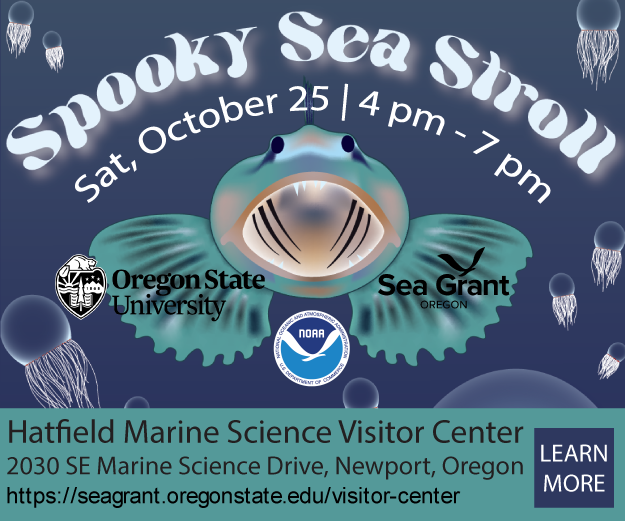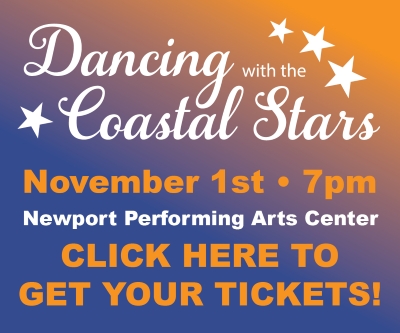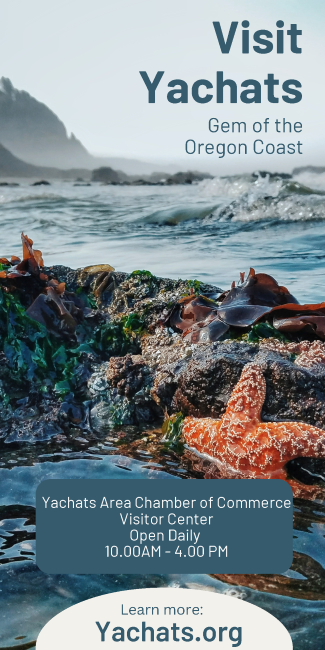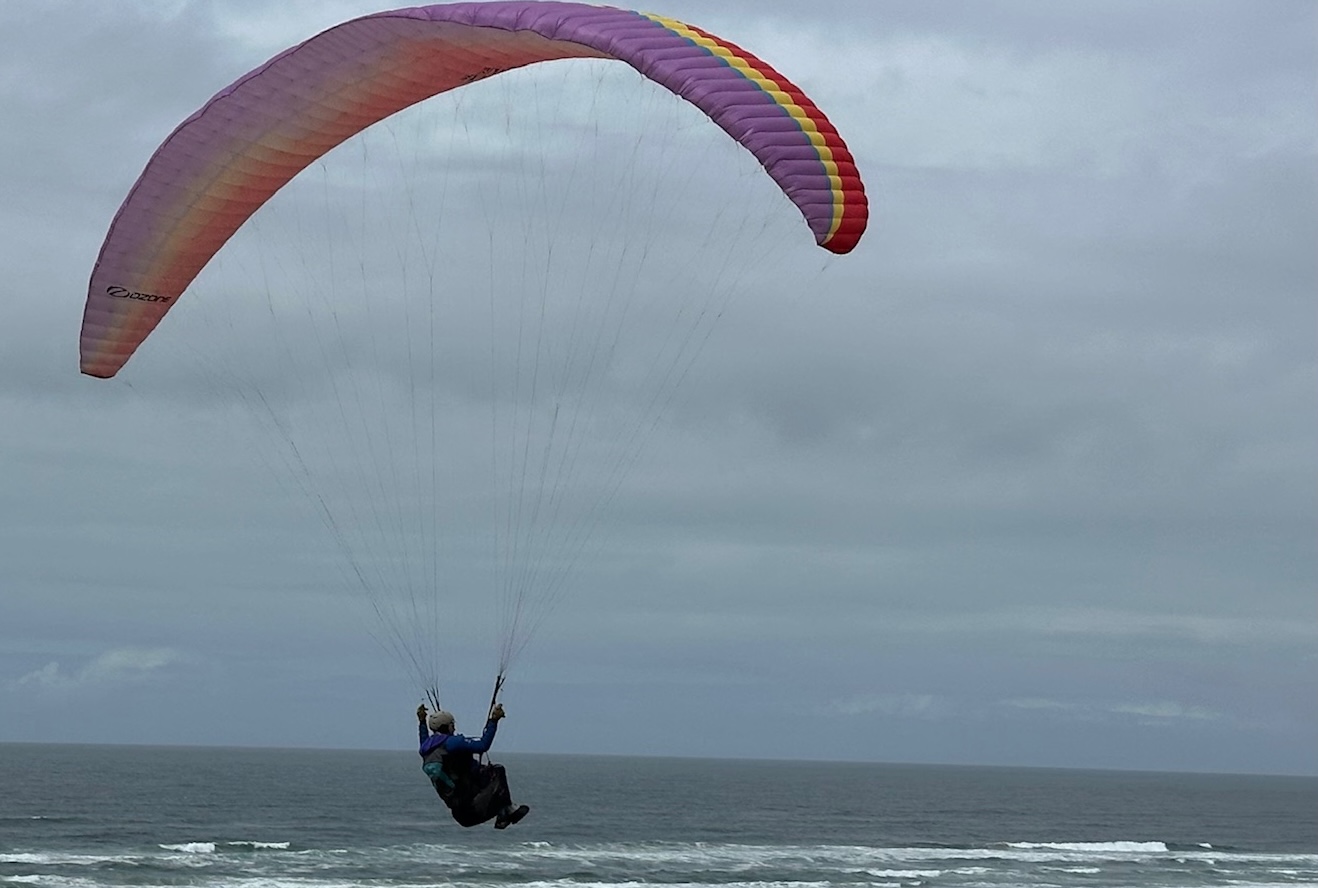
By KATHLEEN O’CONNOR/Lincoln Chronicle
Every time Josh Norris launches his paraglider he is filled with reverence, wonder and exhilaration. He feels that flying actually grounds him, helping him to understand his own place in the world each time he launches.
 This time of year he drives from his home in Corvallis to the central Oregon coast two to four times a week to take advantage of the prevailing west wind.
This time of year he drives from his home in Corvallis to the central Oregon coast two to four times a week to take advantage of the prevailing west wind.
Norris’ love for the outdoors started as a child living in Florida. Every weekend he and his family traveled to southern Alabama to help on the family farm, which had been started by his grandfather. The struggle and hard work involved in subsistence farming has always influenced his world view.
His adventuresome ways started in earnest when his Boy Scout troop tried rock climbing on a trip to Colorado when he was 12. His family moved to Houston when he was 16 and Norris jumped at the chance to work at a rock-climbing gym, just the second one to open in all of Texas. He soon became skilled at climbing outdoors as well, tackling the 383 routes at Enchanted Rock State Park in Fredericksburg, and the legendary Hueco Tanks near El Paso.
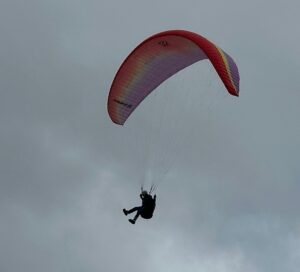
Immediately after high school, Norris and a friend started working together as rock climbing guides. Over time three things happened. First, as they became more well-known they began offering team-building adventure services for corporations. Second, Norris became skilled at multiple adventure sports — kayaking, rafting, skiing, mountain climbing, bouldering, and mountain biking. Third, along the way, piece by piece, he earned a bachelor’s degree in psychology from Texas A&M and a master’s degree in higher education administration from the University of Mississippi.
For the last 22 years, Norris has served as the director of the Adventure Leadership Institute at Oregon State University. The Institute offers experiential learning programs to empower students with skills necessary to navigate life’s challenges. In this position he still participates in all types of adventure sports, but paragliding has become his favorite.
Question: What is it that has caused you to pursue potentially dangerous sports almost all your life?
Answer: My childhood allowed constant exploration, and that taught me resilience and made me want to push my limits. Most adventure sports require intense focus which produces endorphins and creates feelings of joy and elation. I am firmly grounded in fun, though, and have never been interested in pushing anything to the “grueling” level.
Q: Do you believe it’s important for us to take physical risks throughout our lives?
A: It’s most important to be allowed to take risks when we are growing up. Research has shown that there is a specific developmental window of time for children to learn to assess risk, push limits and consider consequences.
A favorite example from my own childhood was at a family reunion. Everyone was dressed up, and I had my good shoes on … the ones that were supposed to last a whole year. One of my cousins challenged me to jump across the nearby creek. My brain got busy … Could I do it? Should I do it? Of course I tried it. Of course I didn’t make it. I scraped myself up, got completely wet, and ruined my shoes — to my mother’s dismay. But the next year I landed the jump.
If we are allowed to practice evaluating physical risk in those critical childhood years we learn both confidence and competence, and hopefully we learn to balance the two. We’ll be more willing and able to make better decisions about all types of risk as we grow older.
Q: What is the processes involved in paragliding?
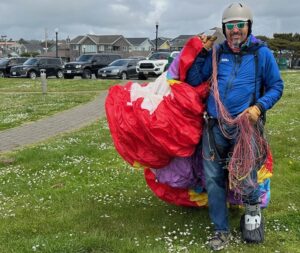
A: Paragliders are soft, flexible, parachute-like devices — we call them “wings” and we hang from a harness beneath them. They are different than hang gliders, which have a rigid frame that the pilots are strapped to.
There are three parts to each flight — the launch, the in-flight period and the landing. We always launch into the wind, and must run toward it, leaning forward so our chins are in front of our toes. Once we’re up we use the brakes and the speed bar to move the front edge of the wing, catching updrafts and avoiding turbulence. I like to describe it as three-dimensional kayaking. We’re flying on a fluid, the wind, and we must constantly read it and use it to ensure a successful flight. Coming in for our landing requires that we be ready to run forward four to five steps.
Q: How many types of paragliders are there?
A: There are three basic types of wings. The most common is the solo/full-size wing, but many experienced pilots prefer mini-wings. These are scaled down and can fly in much stronger winds. The third type is a tandem wing, which allows a passenger and is used for training. Like automobiles, all of these come in multiple sizes and colors with many optional bells and whistles.
Learning to paraglide involves classroom training first, learning about wind, aerodynamics, weather and safety. This is followed by “kiting” — learning to feel and work with the full wing on the ground, then tandem flying and finally solo flying. Pilots are awarded a P2 certificate, issued by the U.S. Hang-gliding and Paragliding Association, and regulated by the Federal Aviation Administration.
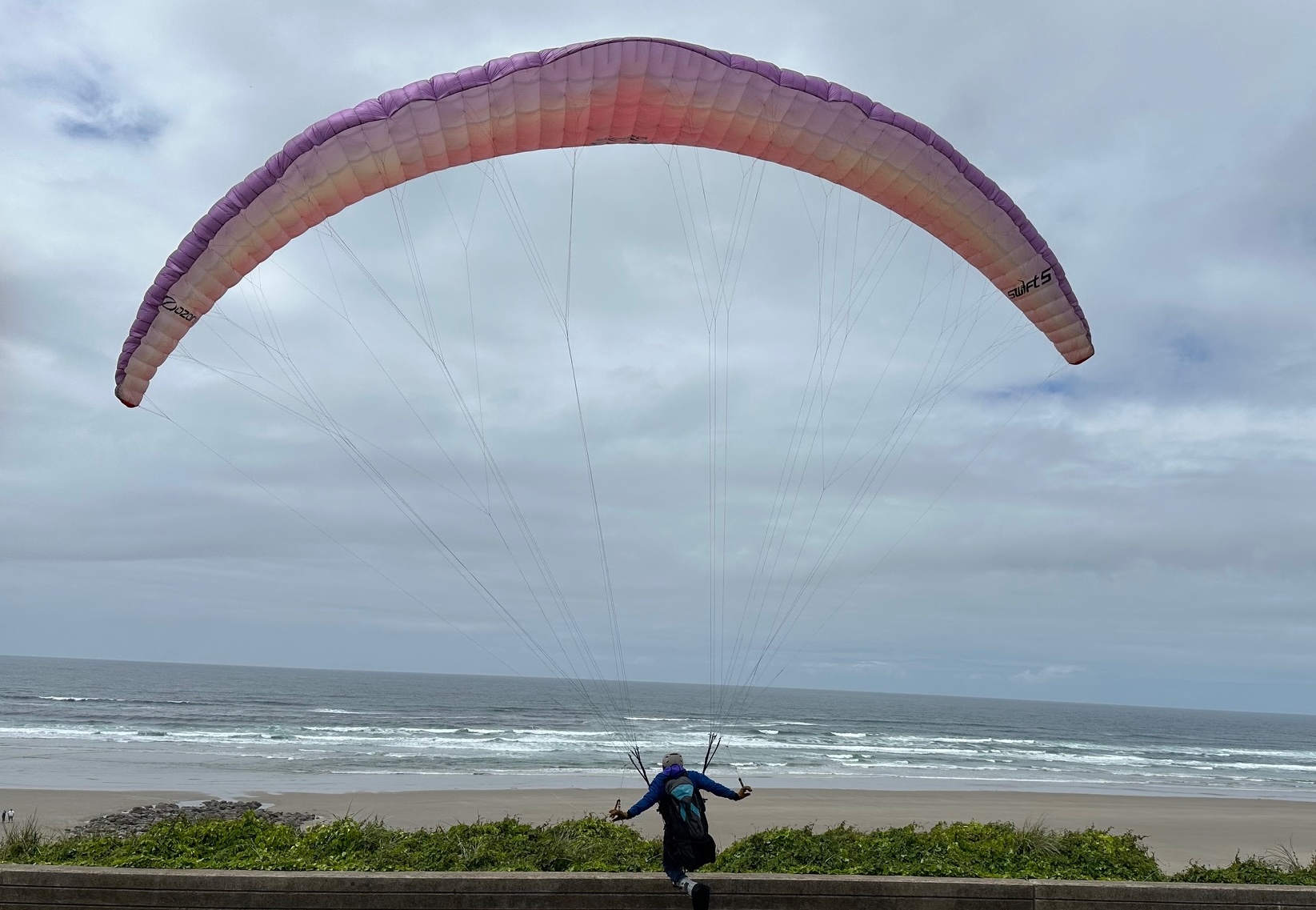
Q: Where do you paraglide in Oregon?
A: Here on the Central Oregon coast, there are many places to launch, but most commonly we choose Don Davis Park in Newport or the north or south sides of Yaquina Head. We can fly any time here, but the “season” is from early spring through early summer. The winds are most likely to be directly from the west during that time, meaning we can fly both north and south easily. Later in summer the winds from the north are usually too strong.
I have flown in all parts of the state, but since I live in Corvallis one of my favorite flights is from Brownsville to Eugene, launching at a friend’s home. That takes about two hours. When I land I have another problem to solve — how to get home. Should I take an Uber, hitch a ride or call a friend? First, though, I try to find a coffee shop!
I believe I was the first person to start paragliding on the central Oregon coast. Now there are about a dozen people who fly here regularly. Some live here on the coast and some come over from the valley. We all know each other; it’s a tight community.
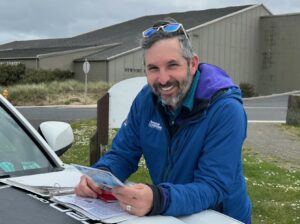
Tell us a secret.
I have two sons, Griffin and Oliver. They are both adventure-seekers, too, but they often raise an eyebrow when I suggest something, and then they ask, “Are you sure that’s a good idea, Dad?” Safety is always my first concern so sometimes we decide it is indeed not a good idea.
More information
OSU’s Adventure Leadership Institute website
Email: josh.norris@oregonstate.edu
YouTube Channel: Cloud Cruiser
- Kathleen O’Connor is a Waldport freelance writer who can be reached via email at kmoc8916@gmail.com





